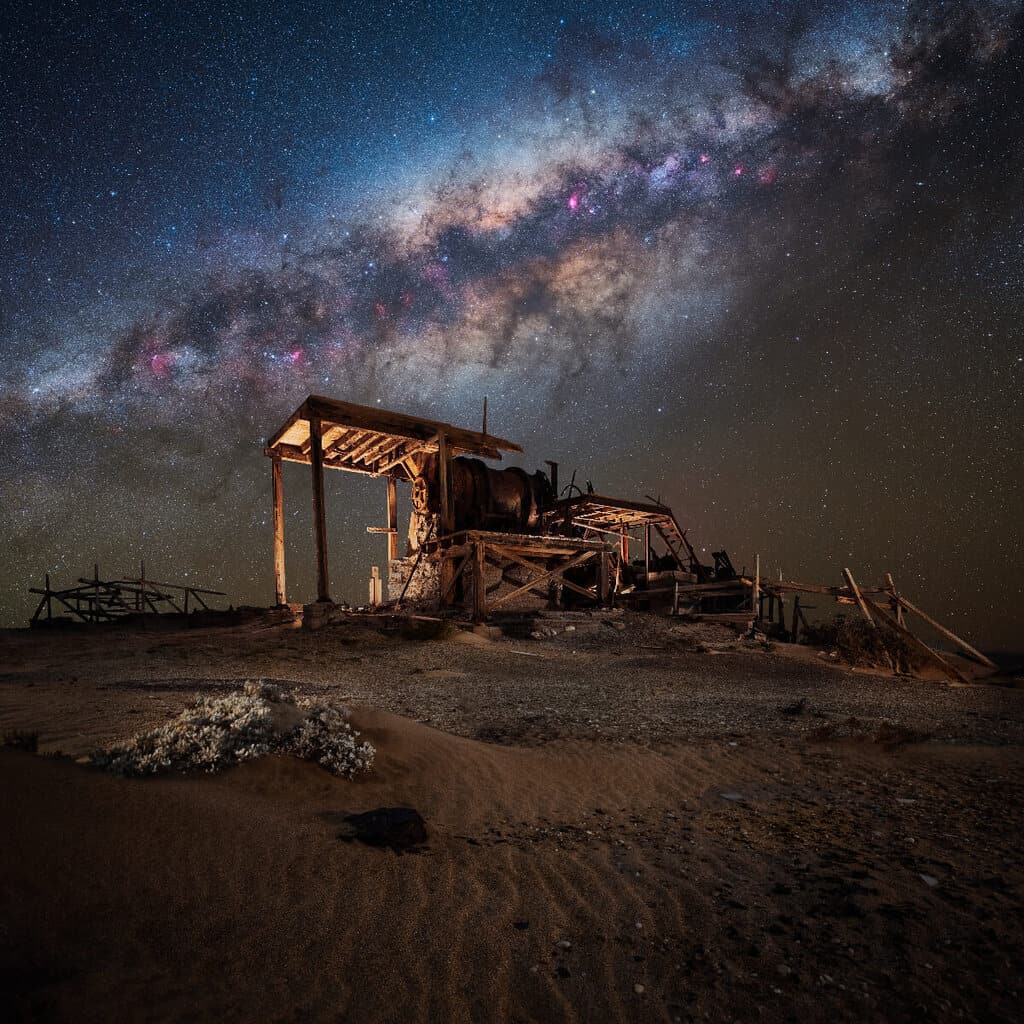In this interview, we talk to mulitple award-winning astrophotography (and model train lover!) Vikas Chander.
He is a master of both landscape astrophotography and deep sky astrophotography using remote telescopes.
Below he outlines his processes for planning and executing his images, as well as his learning tips for others.
What Is Your Current Astrophotography Focus?
I enjoy both nightscapes and deep sky astrophotography.
Nightscapes are my preferred option as that presents many more challenges than deep sky astrophotography.
It involves travelling to exotic locations and spending a lot of time under the stars and with nature – the choice is obvious.
For deep sky imaging I use my remote telescope installed in Chile (Deep Sky Chile) so most of my imaging is done from the comfort of my home.
Sometimes I will travel to darker skies with my rig for deep sky imaging as well, but those occasions are rare.
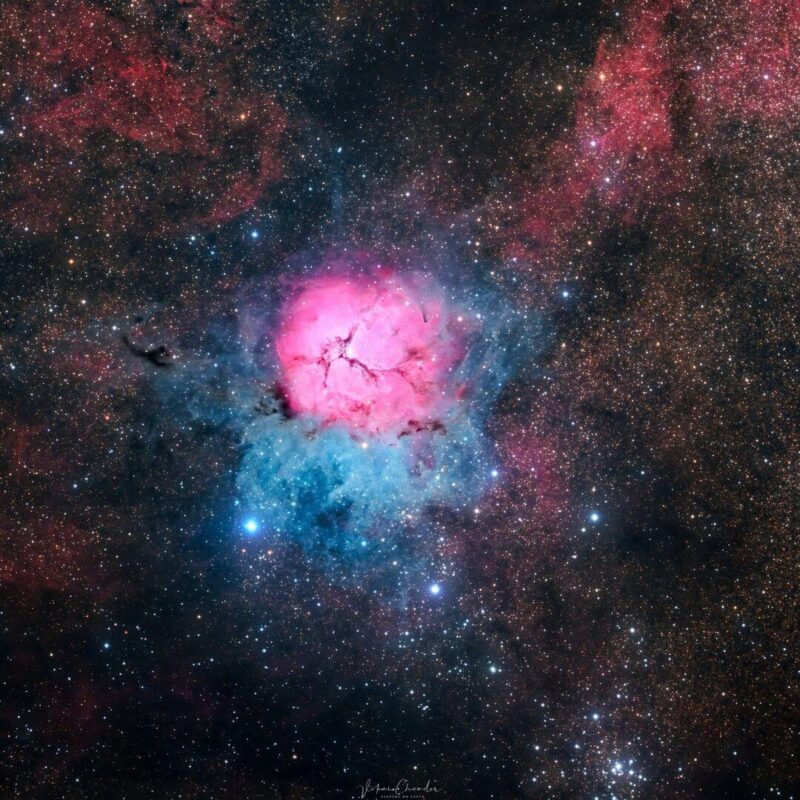
How Do You Plan Your Images?
Planning for my nightscape imaging usually starts when I come across an image on the internet which catches my interest.
It of course has to be in a dark sky location and usually a location which has not been photographed so often with the night sky.
Destinations like Namibia, Botswana, Egypt, Jordan etc offer great foreground subjects against which to frame the night sky.
Once the locations at a particular destination are decided upon I try to visualise the scene using tools such as Google Earth, Planit and SkySafari and make a shortlist of possible shots.
Sometimes websites like Pinterest and Flickr also offer insights into the chosen location.
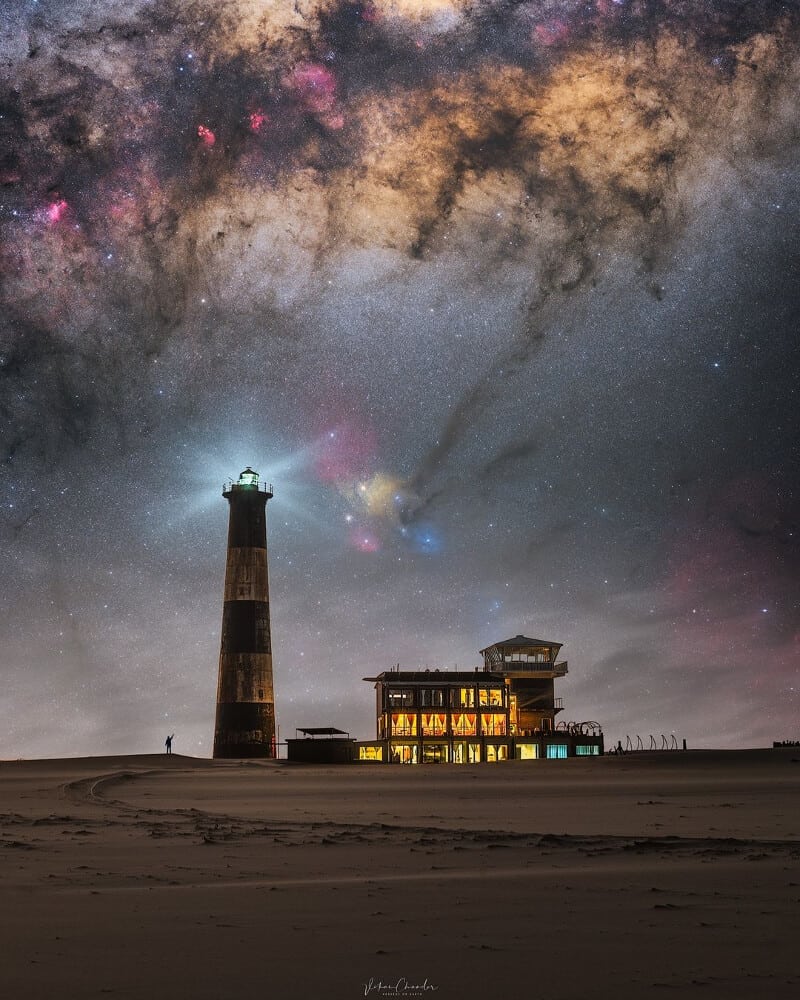
“You can call me a gear junkie with G.A.S – gear acquisition syndrome. I must have the latest and greatest equipment though I must confess that has little bearing on the end result!”
What Equipment Do You Use For Nightscapes?
You can call me a gear junkie with G.A.S – gear acquisition syndrome. I must have the latest and greatest equipment though I must confess that has little bearing on the end result!
I have been a long time Sony shooter and currently use four Sony A7RV cameras on my trips, two of them astro modified.
I have them configured differently for shooting:
- Foregrounds
- Tracked skies
- Star trails
- Timelapses
I use mostly prime lenses from Sony but do also like the Sony 12-24 F2.8 which offers wide fields of view.
A Nikon Z8 has been sent for astro modification along with a Nikon Z 14-24 lens and hopefully I will get to try it out on my next night out.
My tracker of choice is the Rainbow Astro RST135e.
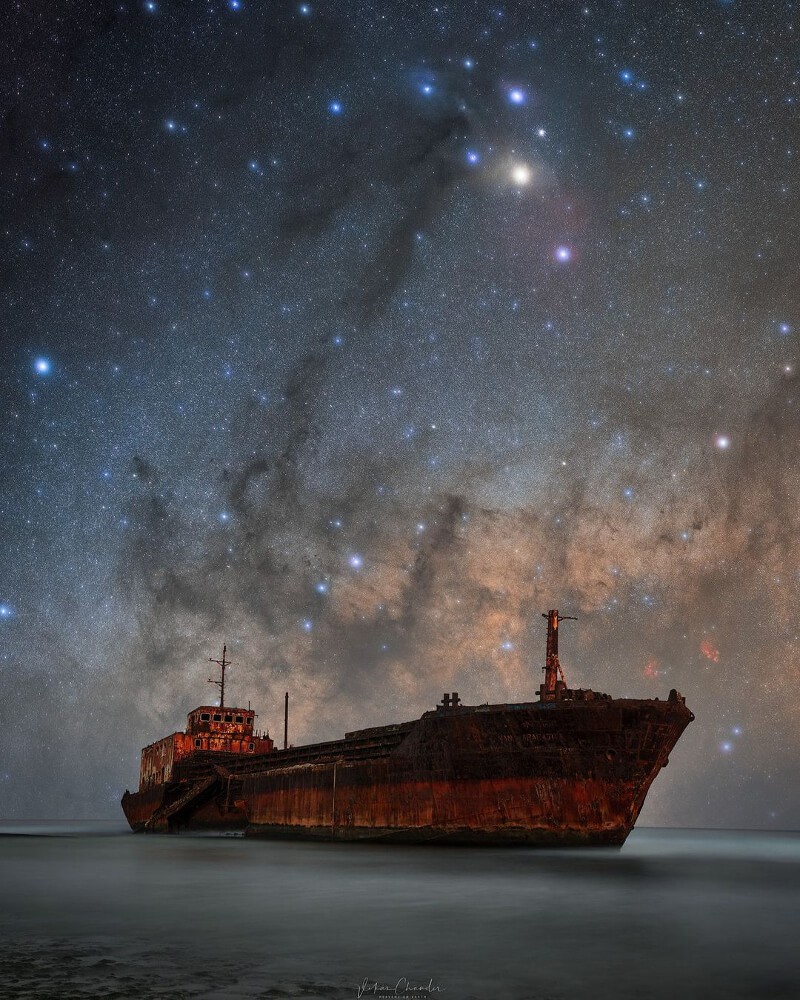
What Equipment Do You Use For Deep Sky?
I have a Takahashi E160ED telescope, ZWO ASI6200MM Pro camera, and Software Bisque Paramount MX+ mount installed in Chile which I use remotely.
A Planewave CDK 600 / Moravian C5a-100 system is currently under installation in Chile and hopefully that will be online by the end of March 2024.
For local imaging I have the Takahashi FSQ106 telescope and also a Nikon 200mm F2 lens (which rarely sees light!).
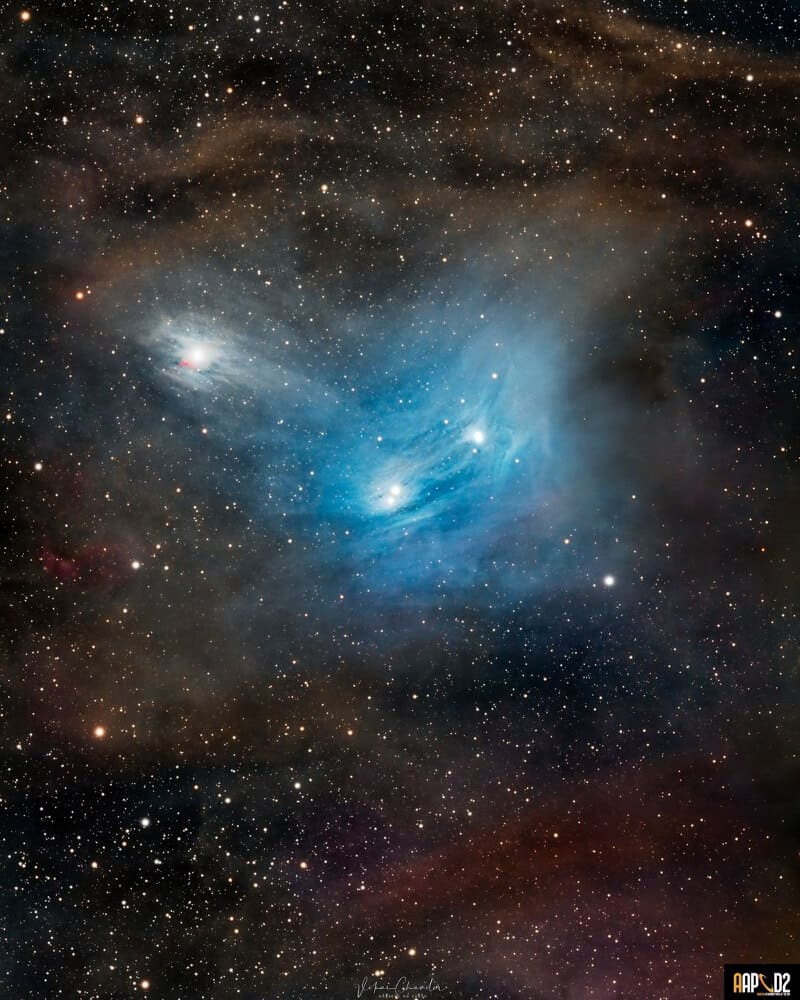
“Deep Sky astrophotography in my opinion is 80% post processing and 20% data acquisition.”
What Post-Processing Do You Do?
Post processing is a complex subject and books have been written on it without them even scratching the surface.
For nightscapes, I use Lightroom and Photoshop for most of my work and sometimes use Pixinsight to stack and process tracked sky images.
I usually shoot the foreground separately from the sky so these have to be blended in Photoshop.
Blending the sky and the foreground is an art in itself and a constant learning process for me on how to do it better and more realistically.
Deep sky astrophotography in my opinion is 80% post processing and 20% data acquisition.
Pixinsight is the tool I use for processing my deep sky images as it offers a lot of creativity and flexibility in its use.
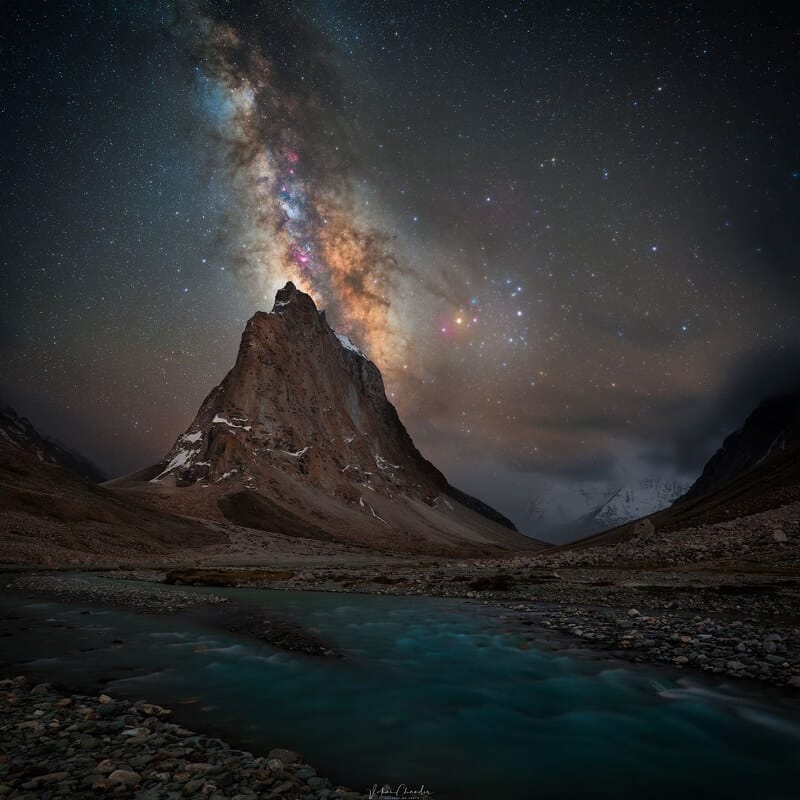
Can You Recommend Any Learning Resources For Other Astrophotographers?
For nightscapes I would say that the books from Alyn Wallace and Royce Bair should cover most of the bases from both beginners to advanced astrophotographers.
For deep sky image processing, the Masters of Pixinsight web page offers many tutorials for beginners.
Adam Block also runs a paid website for many advanced topics related to PixInsight.
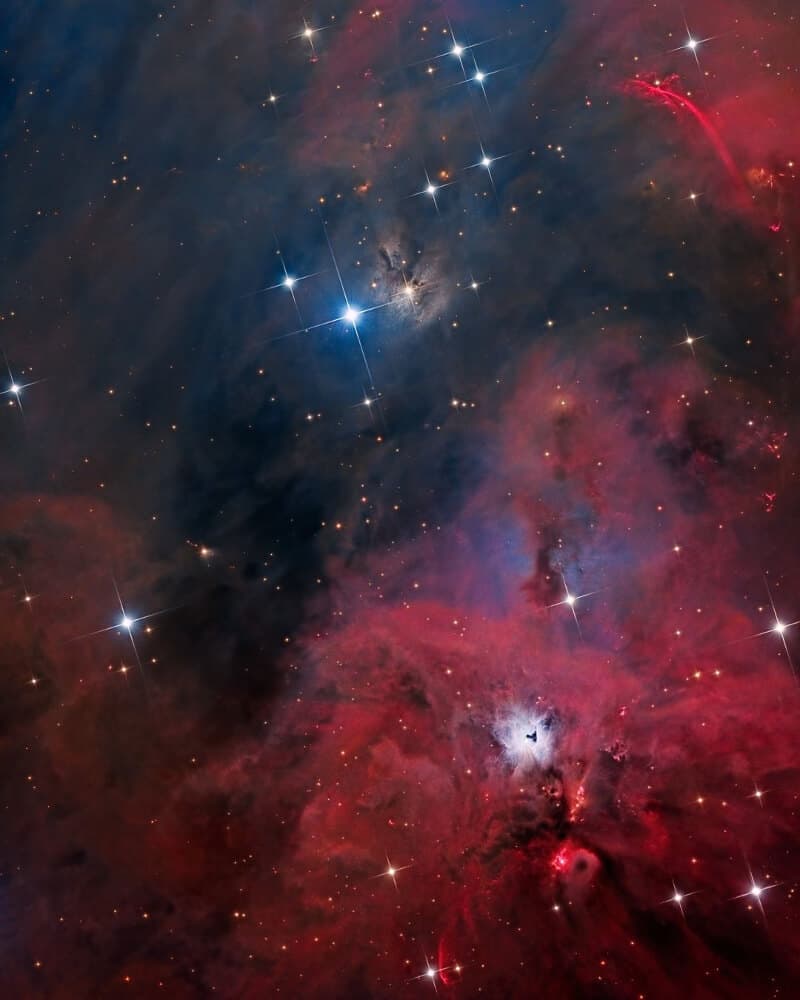
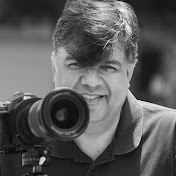
About You – Vikas Chander
I am a 58 year old residing in New Delhi, India along with my wife and daughter and two riotous cocker spaniels.
I retired from my fairly successful textile business post Covid which gives me more time to pursue my two passions of model trains and astrophotography.
Whenever I get the chance I take off to some or the other dark sky location in the world for that perfect heavenly shot.
You can follow me and my work here:


